
The Society of Antiquaries of London (SAL) is a learned society of historians and archaeologists in the United Kingdom. It was founded in 1701, received its royal charter in 1751 and is a registered charity. It is based at Burlington House in Piccadilly, a building owned by the UK government.

Saxmundham is a market town and civil parish in the East Suffolk district, in the county of Suffolk, England. It is set in the valley of the River Fromus about 18 miles (29 km) north-east of Ipswich and 5 miles (8 km) west of the coast at Sizewell. The town is bypassed by the main A12 road between London and Lowestoft. The town is served by Saxmundham railway station on the East Suffolk Line between Ipswich and Lowestoft. In 2011 the parish had a population of 3644.
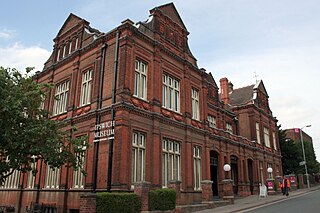
Ipswich Museum is a registered museum of culture, history and natural heritage, located in a Grade II* listed building on High Street in Ipswich, the county town of Suffolk. It was historically the leading regional museum in Suffolk, housing collections drawn from both the former counties of East Suffolk and West Suffolk, which were amalgamated in 1974.

Dommoc, a place not certainly identified but probably within the modern county of Suffolk, was the original seat of the Anglo-Saxon bishops of the Kingdom of East Anglia. It was established by Sigeberht of East Anglia for Saint Felix in c. 629–631. It remained the bishopric of all East Anglia until c. 673, when Theodore of Tarsus, Archbishop of Canterbury, divided the see and created a second bishopric at either North Elmham, Norfolk, or South Elmham, Suffolk. The see of Dommoc continued to exist until the time of the Viking Wars of the 860s, after which it lapsed.
Nina Frances Layard was an English poet, prehistorian, archaeologist and antiquarian who conducted important excavations, and by winning the respect of contemporary academics helped to establish a role for women in her field of expertise.

Charles Roach Smith, FSA, was an English antiquarian and amateur archaeologist who was elected a fellow of the Society of Antiquaries of London, and the London Numismatic Society. He was a founding member of the British Archaeological Association. Roach Smith pioneered the statistical study of Roman coin hoards.
The decade of the 1740s in archaeology involved some significant events.
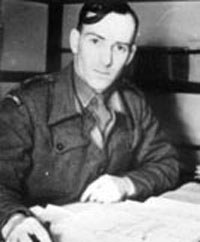
Rupert Leo Scott Bruce-Mitford was a British archaeologist and scholar. He spent the majority of his career at the British Museum, primarily as the Keeper of the Department of British and Medieval Antiquities, and was particularly known for his work on the Sutton Hoo ship-burial. Considered the "spiritus rector" of such research, he oversaw the production of the monumental three-volume work The Sutton Hoo Ship-Burial, termed by the president of the Society of Antiquaries as "one of the great books of the century".
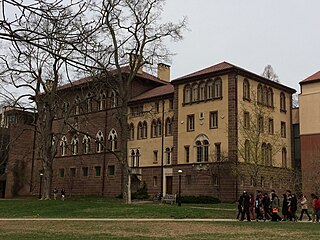
The Princeton University Art Museum (PUAM) is the Princeton University gallery of art, located in Princeton, New Jersey. With a collecting history that began in 1755, the museum was formally established in 1882, and now houses over 113,000 works of art ranging from antiquity to the contemporary period. The Princeton University Art Museum dedicates itself to supporting and enhancing the university's goals of teaching, research, and service in fields of art and culture, as well as to serving regional communities and visitors from around the world. Its collections concentrate on the Mediterranean region, Western Europe, Asia, the United States, and Latin America.

Llewellynn Frederick William Jewitt was a British illustrator, engraver, natural scientist and author of The Ceramic Art of Great Britain (1878). His output was prodigious and covered a large range of interests.

Blythburgh Priory was a medieval monastic house of Augustinian canons, dedicated to the Blessed Virgin Mary, located in the village of Blythburgh in Suffolk, England. Founded in the early 12th century, it was among the first Augustinian houses in England and began as a cell of St Osyth's Priory in Essex. Although it acquired a conventual life of its own, its community was always small and in some respects maintained dependency upon the parent house. It was earmarked for closure by Cardinal Wolsey during the late 1520s but survived his fall and continued until dissolution in 1536.
Reginald Bainbrigg, or Baynbridge (1545–1606), was an English schoolmaster and antiquary.

Thomas Faulkner (1777–1855) was an English bookseller and topographer of West London. He is known for three principal works that were to become standard 19th-century references for the localities of Chelsea, Fulham and Kensington. Faulkner was a member of the Société des Antiquaires de Normandie - Society of Antiquaries of Normandy.

Hudson Gurney was an English antiquary and verse-writer, also known as a politician. He was a member of the Gurney family.
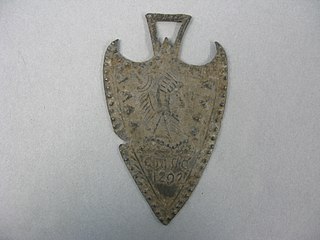
The Shadwell forgeries, most commonly known as Billy and Charley Forgeries, or "Billys and Charleys", but also called Shadwell Dock forgeries, were mid-19th-century forgeries of medieval lead and lead-alloy artefacts. The name "Billy and Charley" derives from William "Billy" Smith and Charles "Charley" Eaton, who were responsible for the large-scale manufacture of the objects between 1857 and 1870. Some leading antiquarians were fooled by the forgeries, despite their being crudely made, due to Smith and Eaton's limited metalworking skills and illiteracy.
Sir Edmund Rous, of Dunwich, Suffolk, was an English landowner, magistrate, MP and Vice-Treasurer of Ireland.

Henry Davy (1793–1865) was an English landscape painter, engraver and lithographer active in East Anglia.
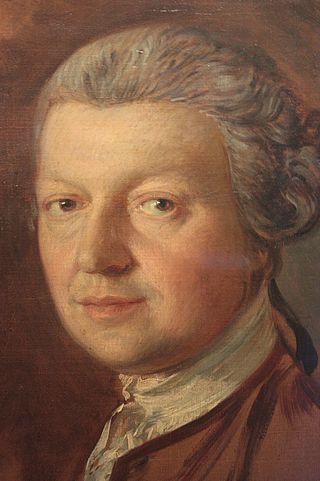
Joshua Kirby, often mistakenly called John Joshua Kirby, was an English 18th-century landscape painter, engraver, writer, draughtsman and architect famed for his publications and teaching on linear perspective based on Brook Taylor's mathematics.
Henry Syer Cuming was a British collector of objects, art and antiquities, notable for exposing the Shadwell forgeries, and who bequeathed his collection to what is now the Cuming Museum, in Southwark, South London.
Frank Aldous Girling, FSA. was an East Anglian farmer, photographer and expert amateur archaeologist. He provided photographs for several books about East Anglia, including Nikolaus Pevsner's Suffolk, and his photography led to an important discovery of Bronze Age barrows in Essex. He was elected a Fellow of the Society of Antiquaries of London in 1942.